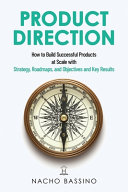From IC to Manager, a reading list

I love solving technical problems and never really considered the managerial track until well into my second role as a staff data scientist. I then realised that the more senior you become, most of your impact comes through others IC or managerial track. Which means that there's an increasing amount of emphasis on communication, processes optimisation as your impact is no longer measured by your output, but by how more effective you make everyone around you. In practice, this will materialise differently for ICs and managers.
The managerial track represents an opportunity to solve a different set of problems altogether while still being able to have impact. I would argue that you have wider reaching impact by embracing the non-technical responsibilities that come with senior positions.
I then embarked on a journey to understand better the expectations that come with staff / principal roles but also to consider managerial positions. Here are the books that stood out.
First-time manager
This is a great book to get started. It's not tech-specific, and that's probably why it's an important one. It covers the essential to get up to speed in your first few months. This book helped introducing a lot of new concepts that I was not very familiar with. I still come back to this book from time to time as it covers a vast number of topics.
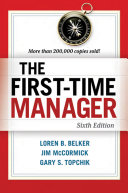
The making of a manager
This book is written by Julie Zhuo who draws from her experience as an early employee at then Facebook and lived the company growth, being promoted to a manager only after a few years at the company. This book is a must read for first time managers in the tech industry. It covers all the basics from getting started, managing a small team to hiring, growing and coaching your team.
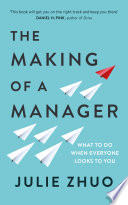
The Manager's Path
This book is a must read for aspiring, soon to be, or on the job managers alike. It is written for tech leaders and is useful for managers of small teams to managers of managers. It's a good complement for First-time manager if you're a tech professional. I recommend it as reading for managers that report to me and I've seen the positive impact.
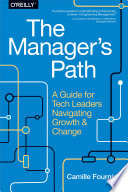
Engineering Management for the rest of us
This book takes a different approach: not everyone is meant to be a manager and if you feel like this this book is a step to step guide on how to learn the ropes (just like you learned how to be a solid individual contributor). I definitely felt like management was not for me but this book helped unlearned these false stories we tell ourselves about managing people.
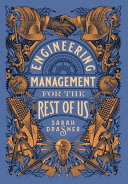
The Staff Engineer's Path
If you're a manager of managers, this book is a must read. Understanding precisely what these highly skilled engineers can bring to your team and how to get the best out of them can make a difference in your overall team's performance. Staff engineers role differ from one organisation to another but there are common archetypes. This book will provide support for hiring, managing, retaining, coach and get the best out of your staff / principal engineers.
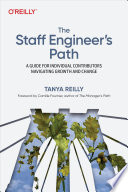
The Learn Product Playbook
As a manager, escpecially in the tech industry, a strong product acumen as you get more experience will be an added value. The product-led approach has been so successful that it's become widespread: companies treat their internal infrastructure as product. Data product, platform as a product. These principles are universal to delivery experiences that delight your end users, whether they're internal or external to your company.
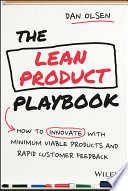
Product Direction
This book is probably my favourite in this list, because it does covers topics that are seldom talked about. This books goes into details on the strategy, roadmap and execution. It's such a compact but reach read. I go over it often when I need to write a strategy and writing OKRs.
